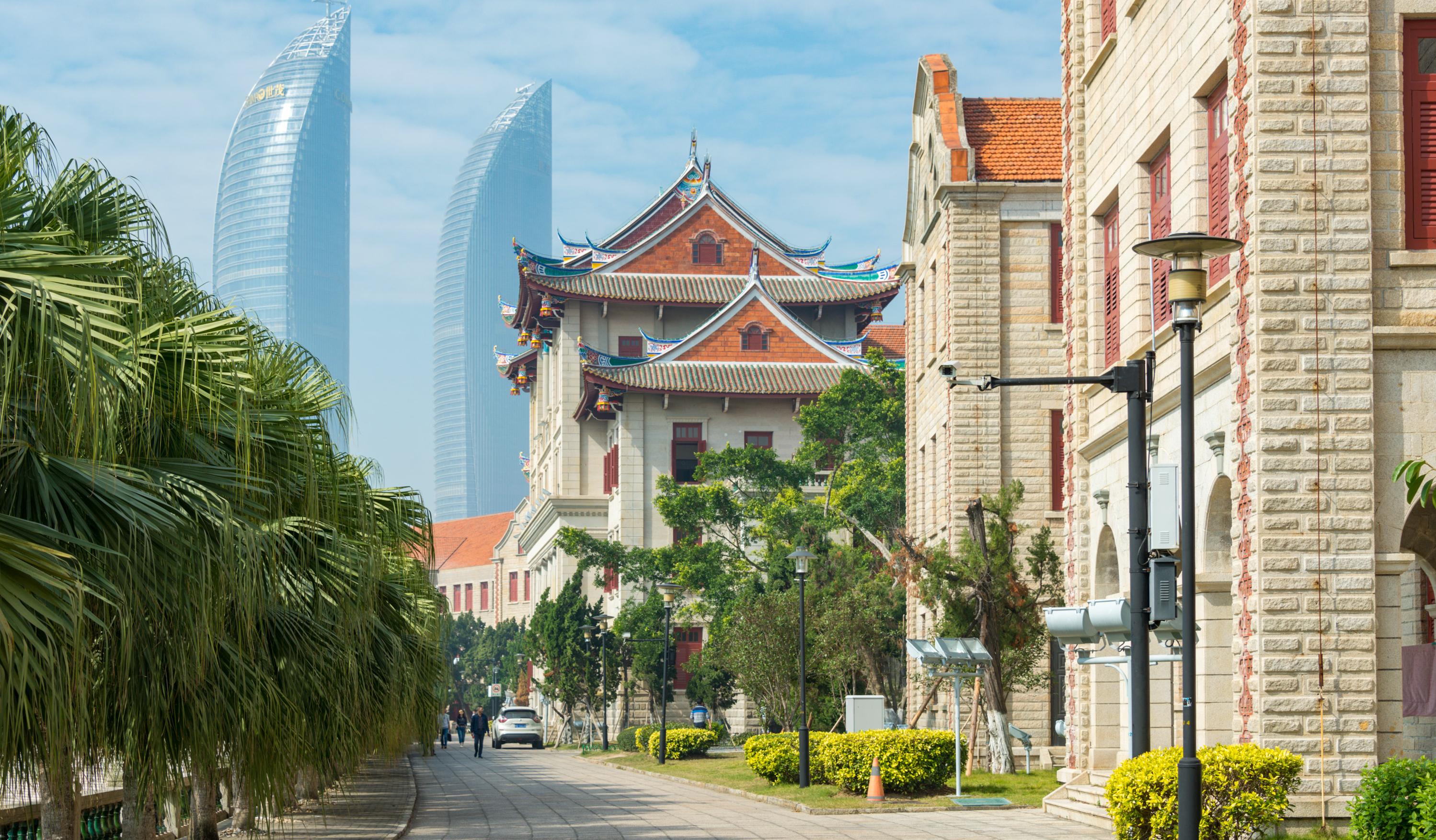21 Countries Where Tourists Are No Longer Welcome
Ever dreamed of exploring the world, only to find some doors are quietly closing? The golden age of boundless travel is facing an unprecedented shift. Nations once rolling out the red carpet are now, surprisingly, saying "enough." This isn't about fleeting restrictions, but a profound re-evaluation of tourism's true cost, from environmental strain to cultural erosion and the impact on local lives. We've delved deep into this evolving landscape, expanding our definitive guide to reveal the most critical trend in modern travel. Prepare to discover 11 countries that are actively saying "no tourists," implementing strict measures to curb visitor numbers, and another 10 that are seriously contemplating similar action. Get ready for a vital look into the destinations leading this quiet revolution, illuminating why some of the world's most cherished places are fundamentally reshaping their welcome, and what it means for your future adventures.
1. Bhutan: The "High-Value, Low-Impact" Pioneer
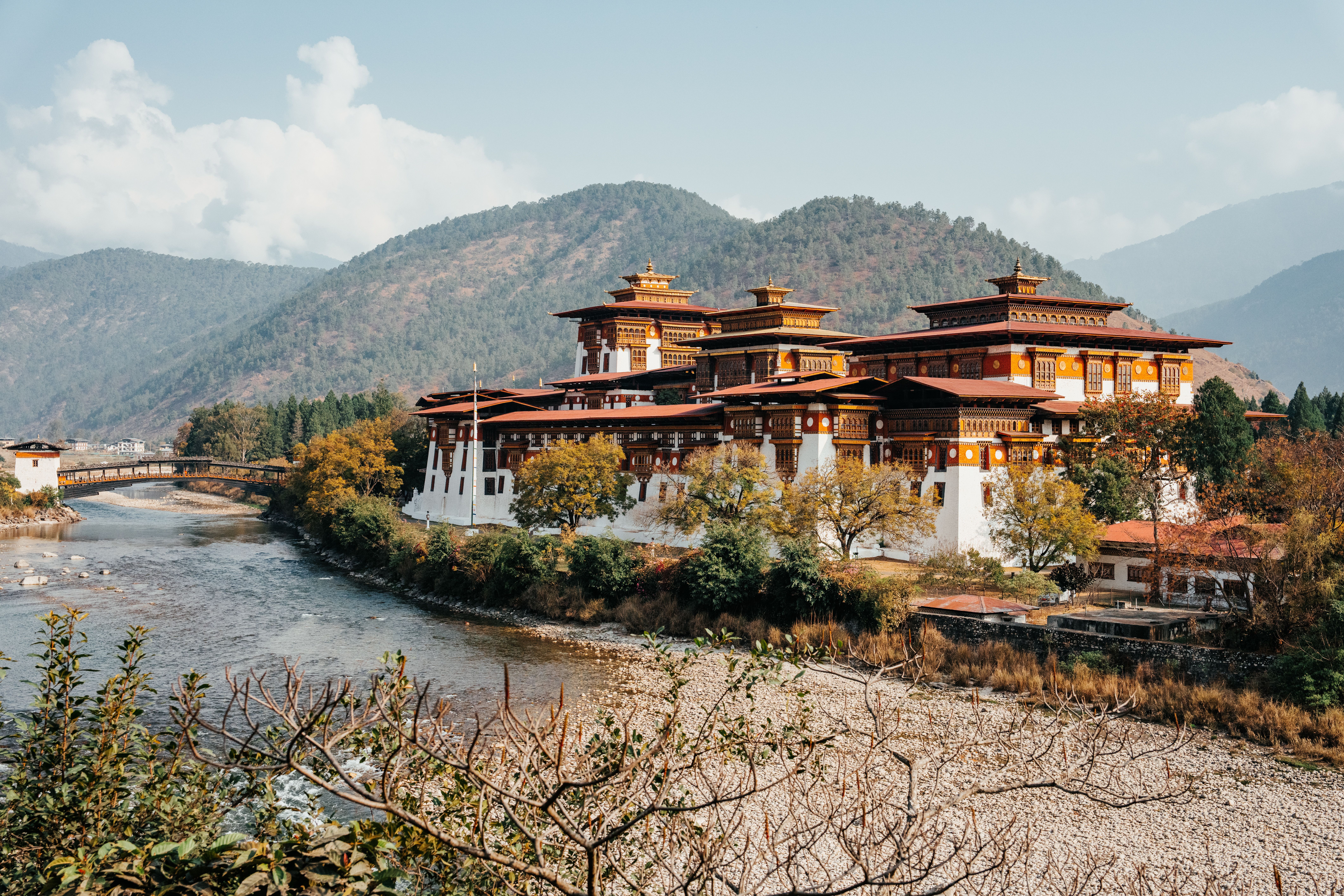
Bhutan remains the quintessential example of a nation intentionally limiting tourism. Since 1974, its "High-Value, Low-Impact" policy requires most visitors to pay a daily Sustainable Development Fee (SDF), currently $100 USD per person per night (reduced from $200 pre-pandemic). This isn't a ban, but a deliberate price point designed to attract discerning travelers who respect its pristine environment and unique Buddhist culture, ensuring tourism revenue directly funds healthcare, education, and ecological preservation. It's a strategic move to prevent overtourism and maintain authentic cultural integrity.
2. Venice, Italy: Battling Overtourism's Tide
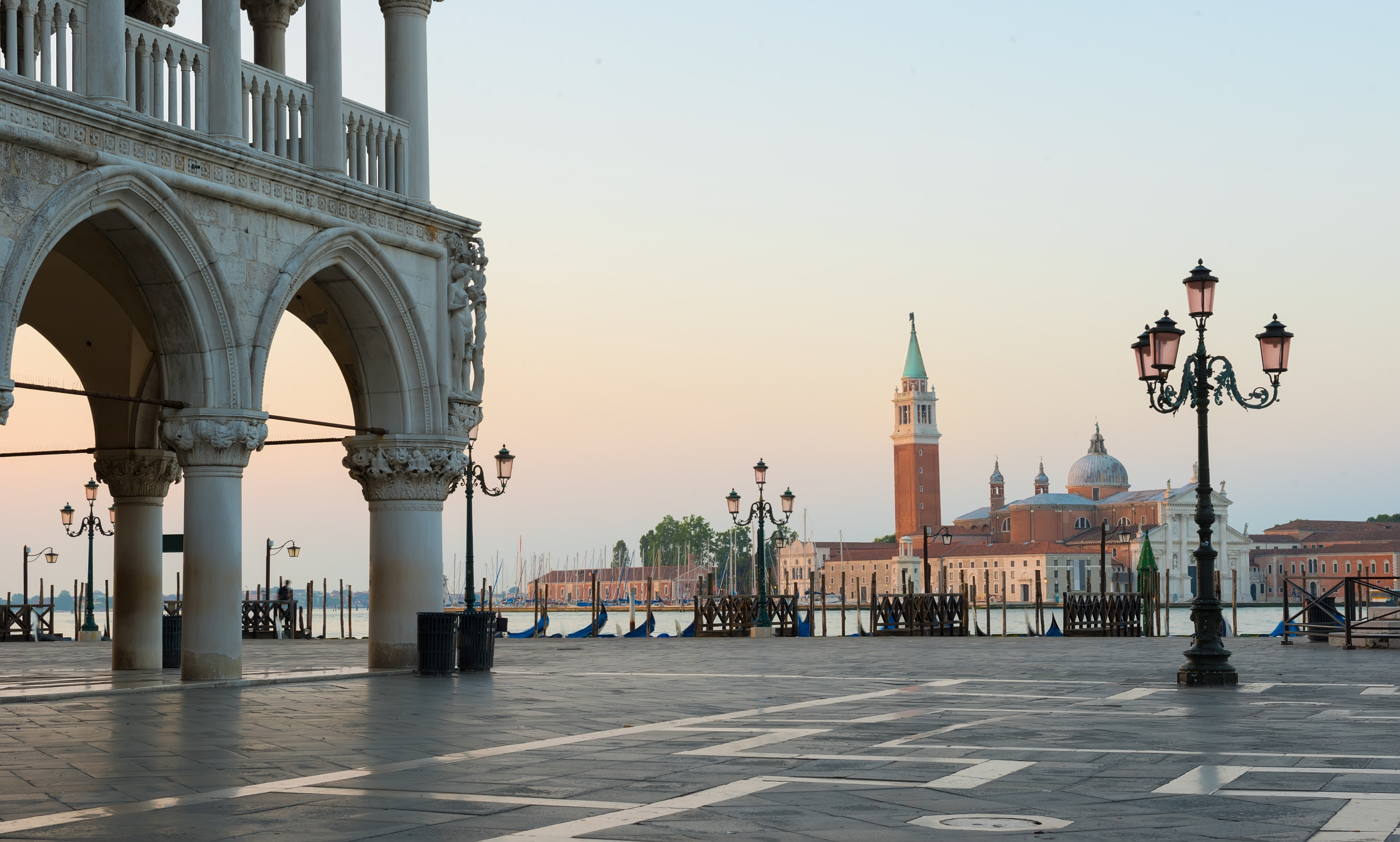
Venice, the enchanting city of canals, is at the forefront of the battle against overtourism. Overwhelmed by daily throngs, especially day-trippers, it implemented a controversial €5 access fee for short-term visitors on peak days as of April 2024. This, alongside bans on large cruise ships from docking in its historic basin and efforts to control tourist apartments, aims to reclaim public spaces for residents. Venice is a poignant example of a city attempting to protect its fragile infrastructure and quality of life from the sheer volume of visitors.
3. Amsterdam, Netherlands: Curbing Nuisance Tourism
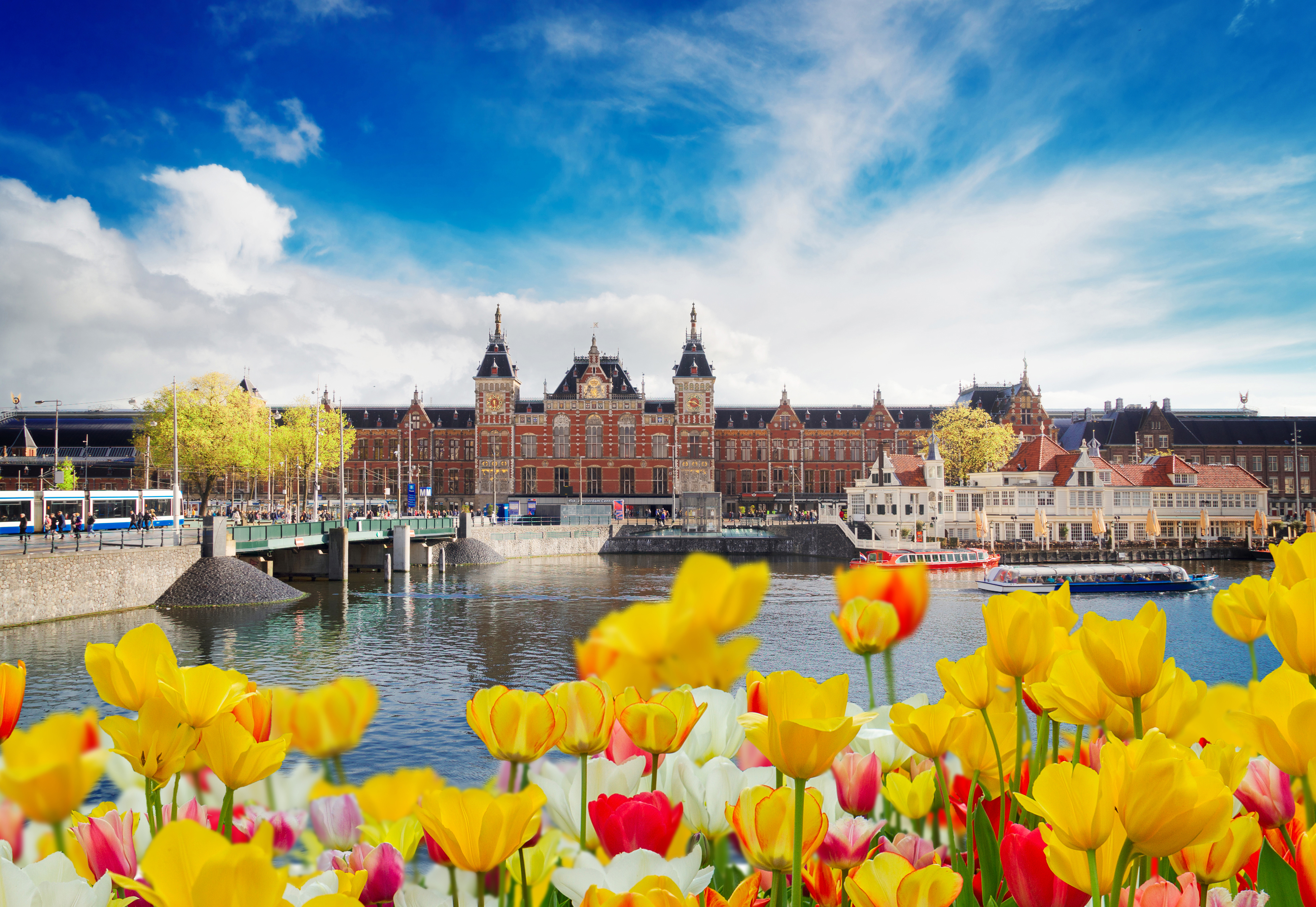
Amsterdam is actively trying to deter certain types of mass tourism, specifically focusing on "nuisance tourism" associated with drugs, alcohol, and disruptive behavior in its Red Light District and city center. Beyond bans on cannabis smoking in public and restrictions on pub crawls, there's a broader campaign to attract more culturally-minded visitors. This isn't about closing doors entirely, but about reshaping the city's image and visitor demographic, ensuring a higher quality of life for residents and a more respectful tourist experience.
4. Galapagos Islands, Ecuador: Preserving Unique Biodiversity

The Galapagos Islands, a UNESCO World Heritage site and a living laboratory of evolution, implement stringent visitor controls to protect their unparalleled biodiversity. Tourists must be accompanied by licensed naturalist guides, adhere to strict pathways, and visit only designated sites. There are limits on visitor numbers, and a national park entrance fee (currently $100 for foreigners) helps fund conservation. These measures ensure that human impact is minimized, safeguarding the delicate ecosystems and unique species found nowhere else on Earth.
5. Machu Picchu, Peru: Safeguarding Ancient Heritage

Peru's iconic Inca citadel, Machu Picchu, meticulously manages visitor flow to preserve its ancient stone structures and fragile environment. Visitors must now adhere to specific circuits, often with time limits, and access to certain key areas can be restricted. Tickets are issued for specific entry times, and overnight stays within the citadel itself are forbidden. These capacity controls are crucial for mitigating erosion, maintaining the site's structural integrity, and ensuring a sustainable, respectful experience of this sacred wonder.
6. Antarctica: Strict Environmental Stewardship

Traveling to Antarctica is a privilege governed by rigorous international treaties (the Antarctic Treaty System) and strict environmental protocols. Tour operators adhere to quotas for visitor numbers, group sizes are limited, and guidelines prohibit touching wildlife or disturbing habitats. Ships must meet stringent environmental standards. This collective effort ensures the continent remains pristine, balancing scientific research and awe-inspiring tourism with paramount environmental protection for one of Earth's last true wildernesses.
7. Palau: The Eco-Pledge Requirement
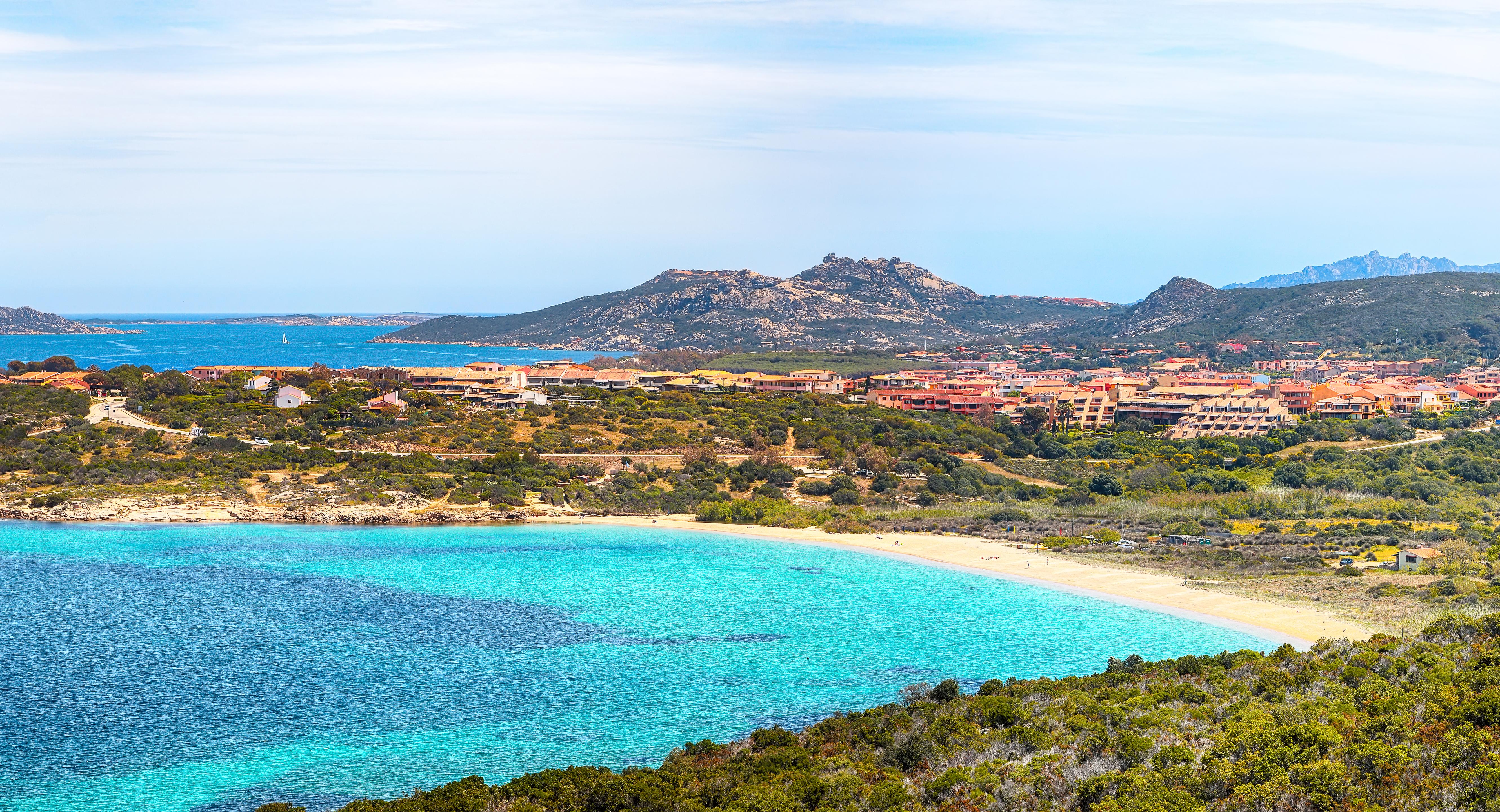
The small Pacific island nation of Palau has implemented a groundbreaking conservation initiative: the "Palau Pledge." Upon arrival, all visitors must sign an oath stamped into their passports, promising to act in an environmentally and culturally responsible manner. This unique, legally-binding pledge, alongside stringent environmental regulations on marine life and pristine natural sites, reflects Palau's commitment to protecting its delicate ecosystem and culture from tourism's potential harms, prioritizing sustainable practices over sheer numbers.
8. Kyoto, Japan: Navigating Overtourism in Historic Gion
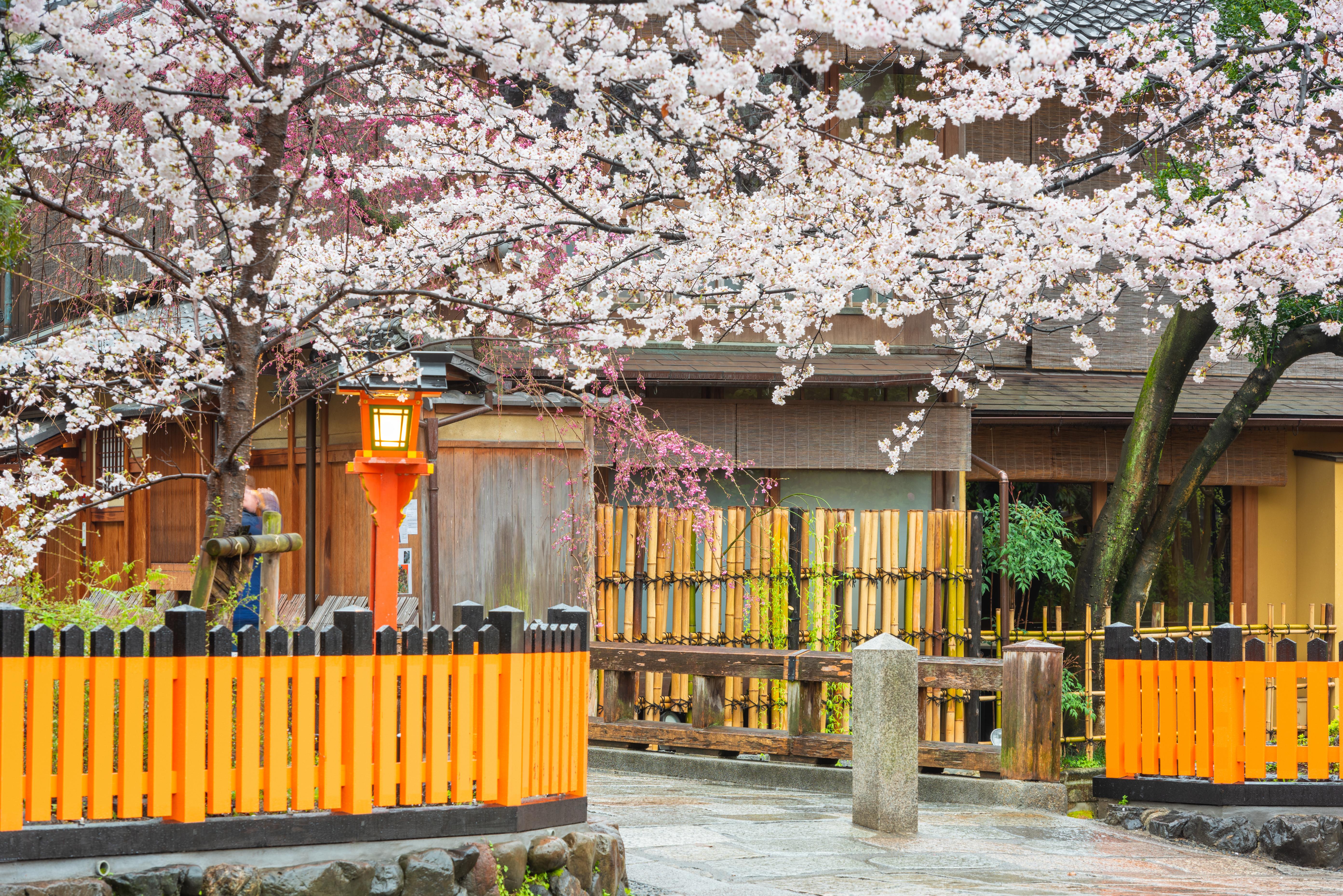
Kyoto, with its timeless temples and geisha districts, has faced significant overtourism challenges, particularly in areas like Gion. While the city itself remains open, recent measures include bans on tourist photography in certain private alleyways and increased signage discouraging disrespectful behavior towards geiko and maiko. This reflects a local community's effort to reclaim cultural spaces and preserve the authenticity of their daily lives from the overwhelming impact of mass tourism, balancing hospitality with heritage protection.
9. Thailand (e.g., Maya Bay): Environmental Rehabilitation Closures
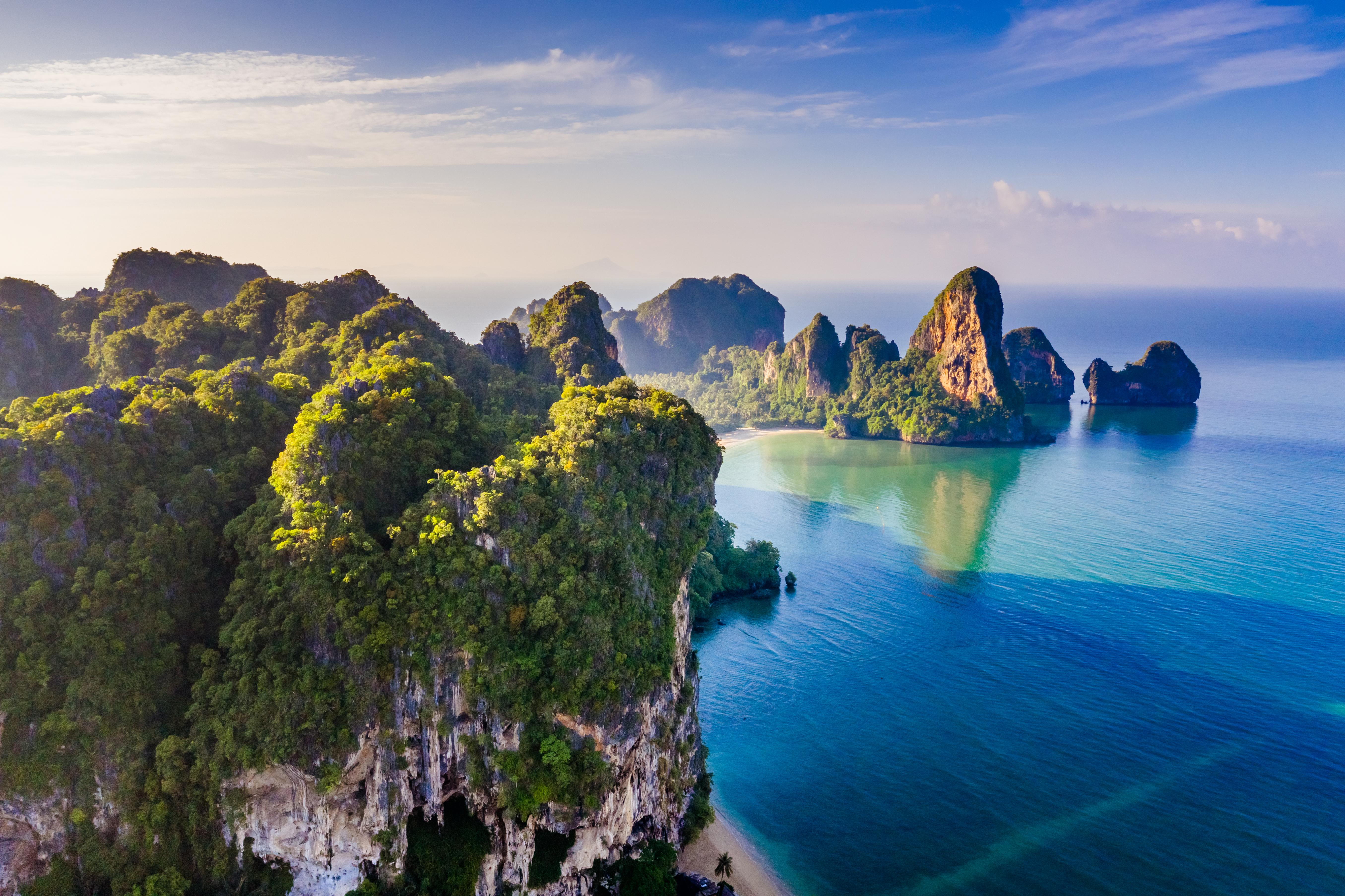
Thailand has demonstrated a willingness to entirely close iconic tourist sites for environmental rehabilitation. Most famously, Maya Bay (from "The Beach" movie) on Phi Phi Leh island was closed for over three years to allow its coral reefs and marine life to recover from excessive tourism. While it has since reopened with strict rules (no swimming, limited numbers), this ongoing policy sets a precedent that the health of natural wonders takes precedence over immediate tourism revenue, showcasing a commitment to long-term sustainability.
10. Sardinia, Italy (Specific Beaches): Coastal Capacity Limits
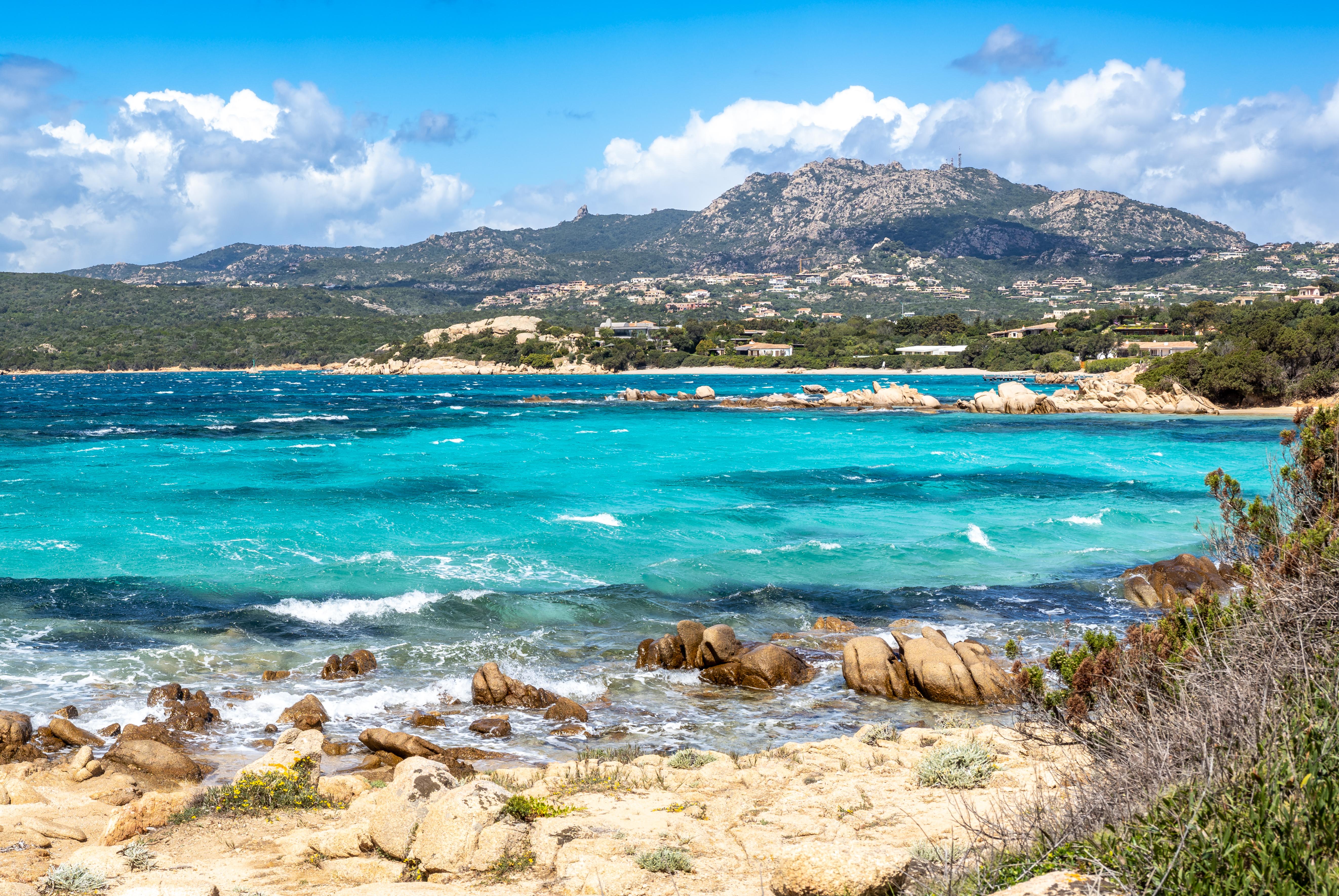
Italy's island of Sardinia has introduced a system of daily quotas and advance booking requirements for access to some of its most pristine and popular beaches, particularly in the stunning Cala Gonone area. Beaches like Cala Luna or Cala Mariolu now have limited entry numbers and require booking well in advance, sometimes with a fee. This is a direct response to overtourism and environmental degradation, aiming to preserve the delicate coastal ecosystems and ensure a higher quality visitor experience for those who do get access.
11. Mount Everest (Nepal/China): Permits, Safety, & Environmental Controls
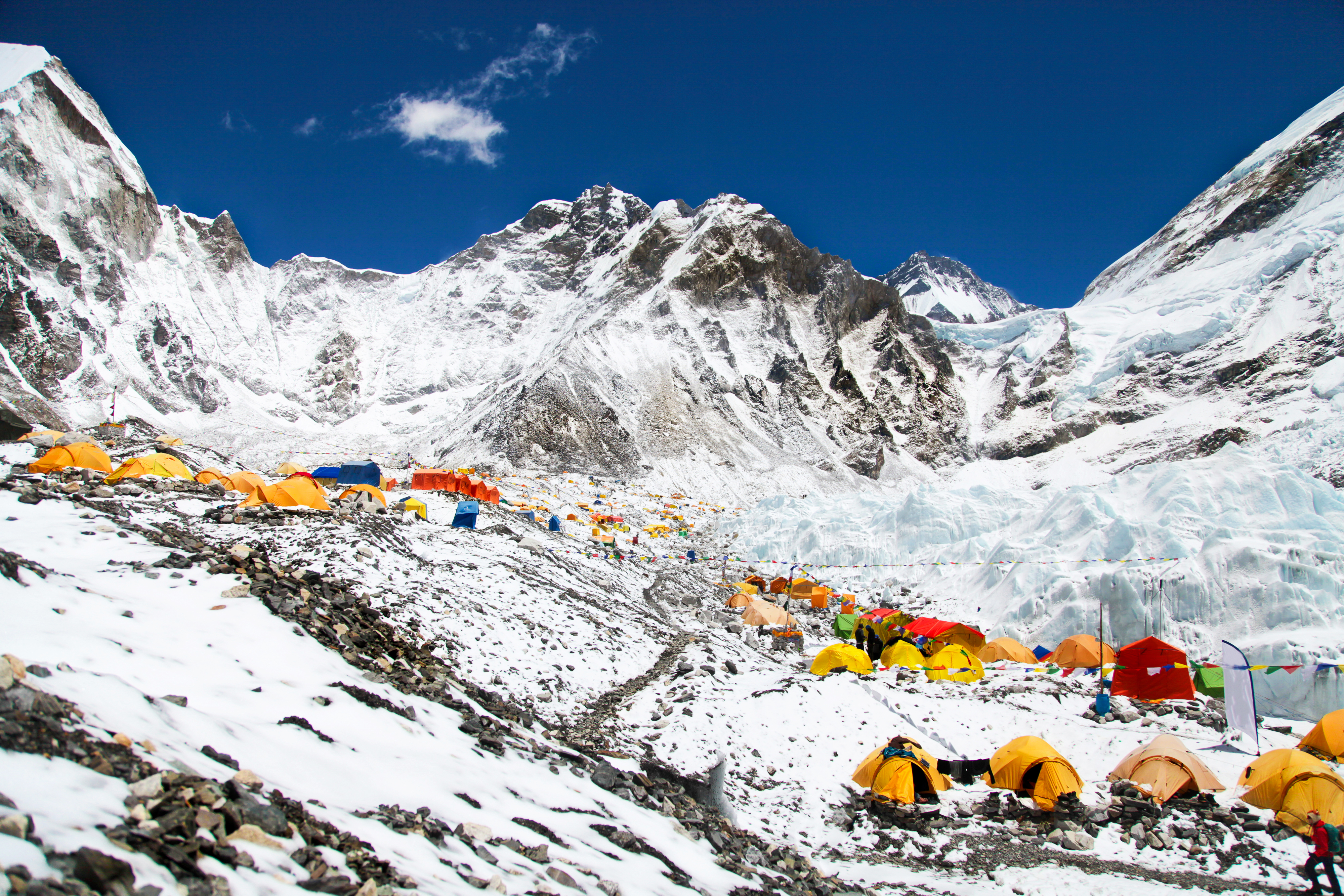
Access to Mount Everest's base camps and summit is highly regulated by both Nepalese and Chinese authorities. Climbing permits are expensive and limited, requiring significant experience. China's side, in particular, has sometimes restricted access to Everest Base Camp for non-climbers and implemented stricter waste management rules due to environmental concerns. These measures are driven by safety (reducing congestion and accidents) and environmental preservation (managing human waste and pollution) on the world's highest peak.
12. New Zealand (Post-Pandemic Caution): Willingness to Restrict

While largely reopened, New Zealand serves as a prime example of a nation with the political will and public support to severely restrict international travel when deemed necessary. Its highly successful "elimination strategy" during the pandemic involved strict border closures for an extended period. This demonstrated a national capacity and willingness to prioritize public health and local well-being over tourism revenue, showcasing a model that could be adapted for other national interests in the future.
13. Isle of Skye, Scotland: Managing Infrastructure Strain
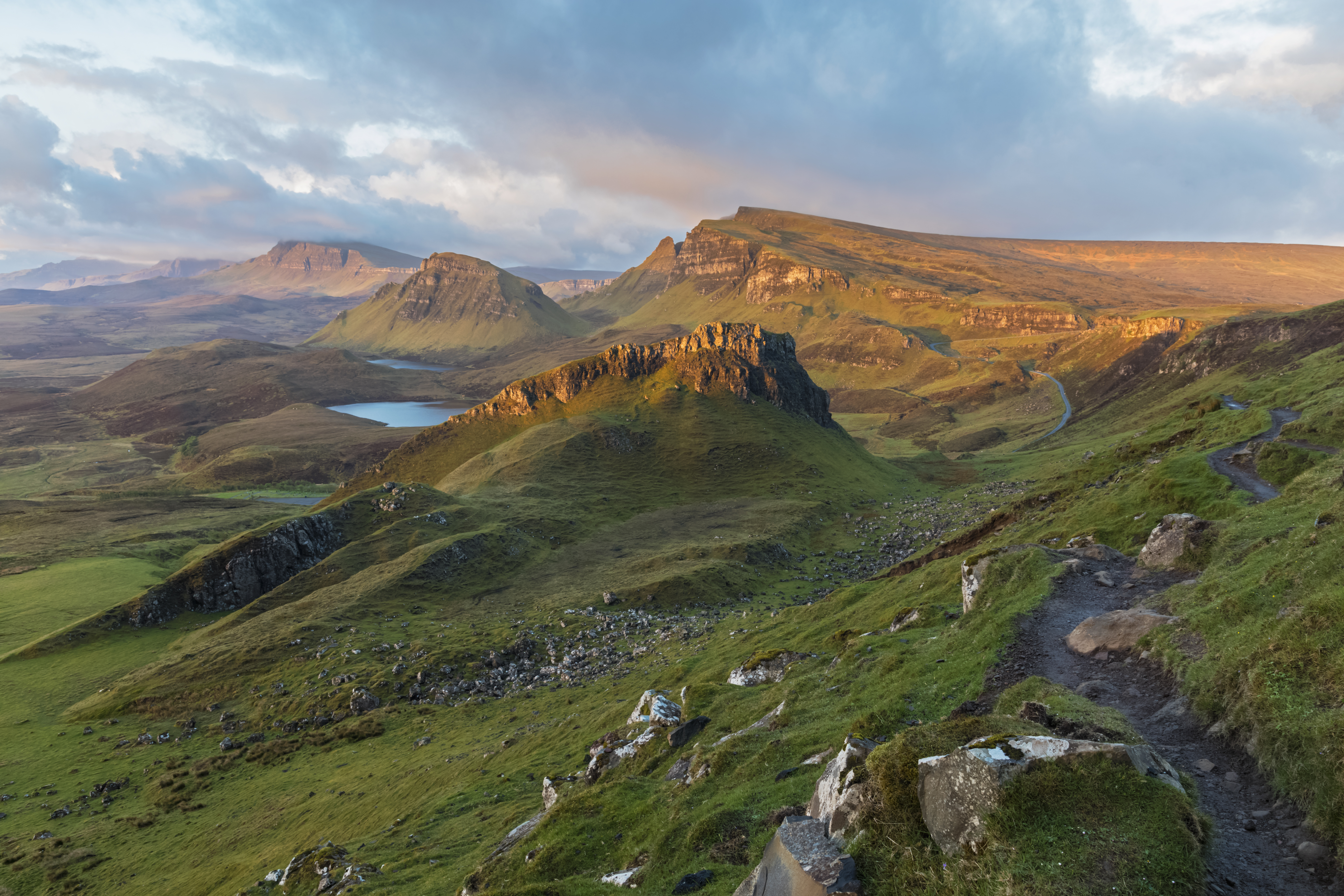
The breathtaking beauty of Scotland's Isle of Skye has become its burden. Rapidly increasing tourist numbers have overwhelmed its fragile infrastructure, leading to traffic jams on single-track roads, overflowing car parks, pressure on local services, and environmental degradation at popular sites like the Fairy Pools and Old Man of Storr. While there's no official "no tourists" policy, local communities and authorities are actively exploring strategies like visitor management systems, improved transport, and even discouraging certain types of independent travel (e.g., wild camping) to alleviate strain and protect the resident quality of life.
14. Komodo National Park, Indonesia: Balancing Conservation and Access
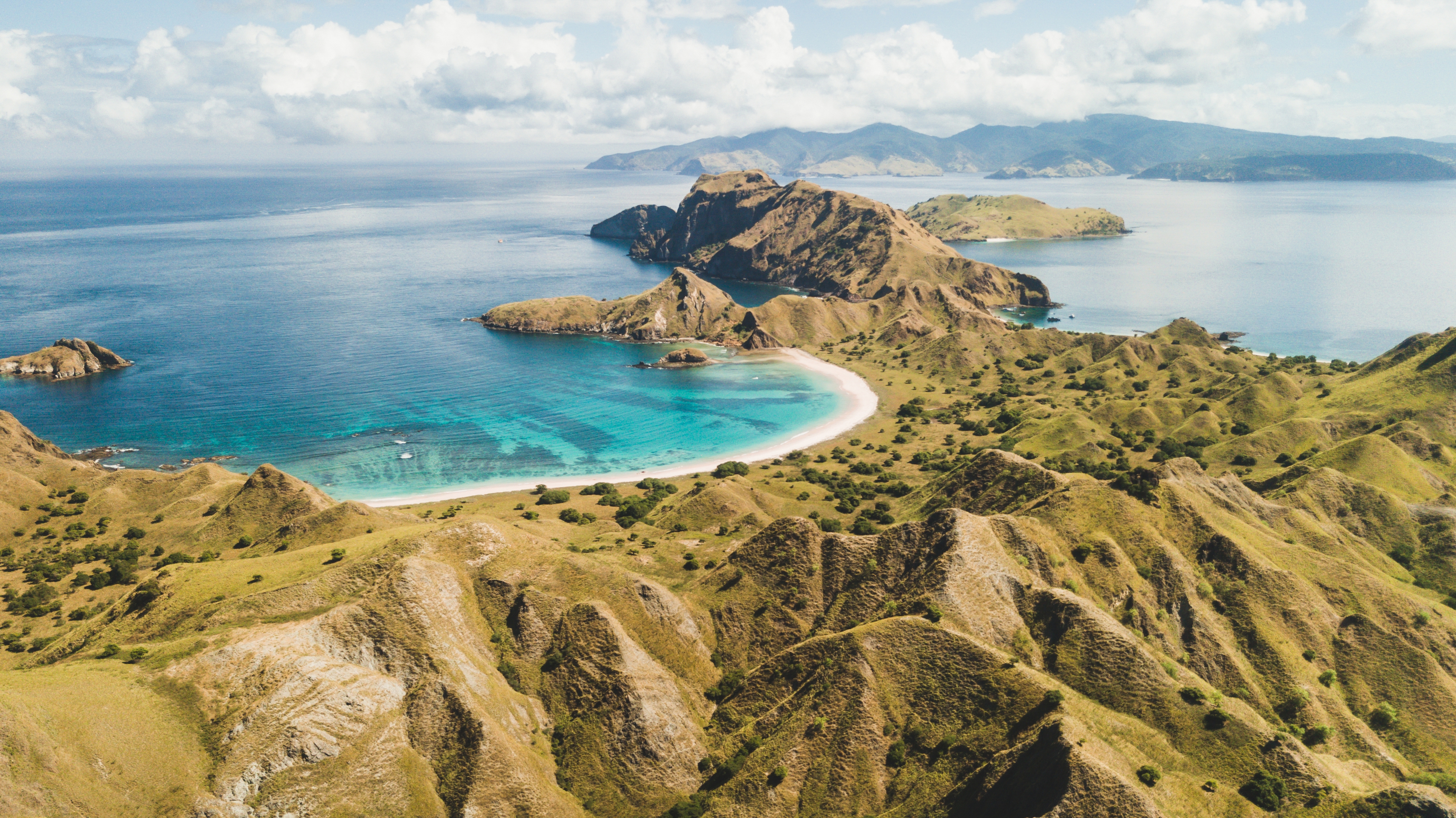
Home to the magnificent Komodo dragons, Komodo National Park in Indonesia frequently re-evaluates its tourism policy to protect its unique wildlife and fragile ecosystem. While a controversial proposal for a significant price hike was shelved, the park continually implements measures like strict visitor pathways, mandatory ranger escorts, and limitations on daily visitor numbers to specific islands. Discussions around capacity limits and higher fees are ongoing, signaling a clear intent to prioritize the dragons' habitat and the park's ecological integrity over unrestrained visitor influx, making access a carefully managed privilege.
15. Dubrovnik, Croatia: Limiting Cruise Ship Crowds
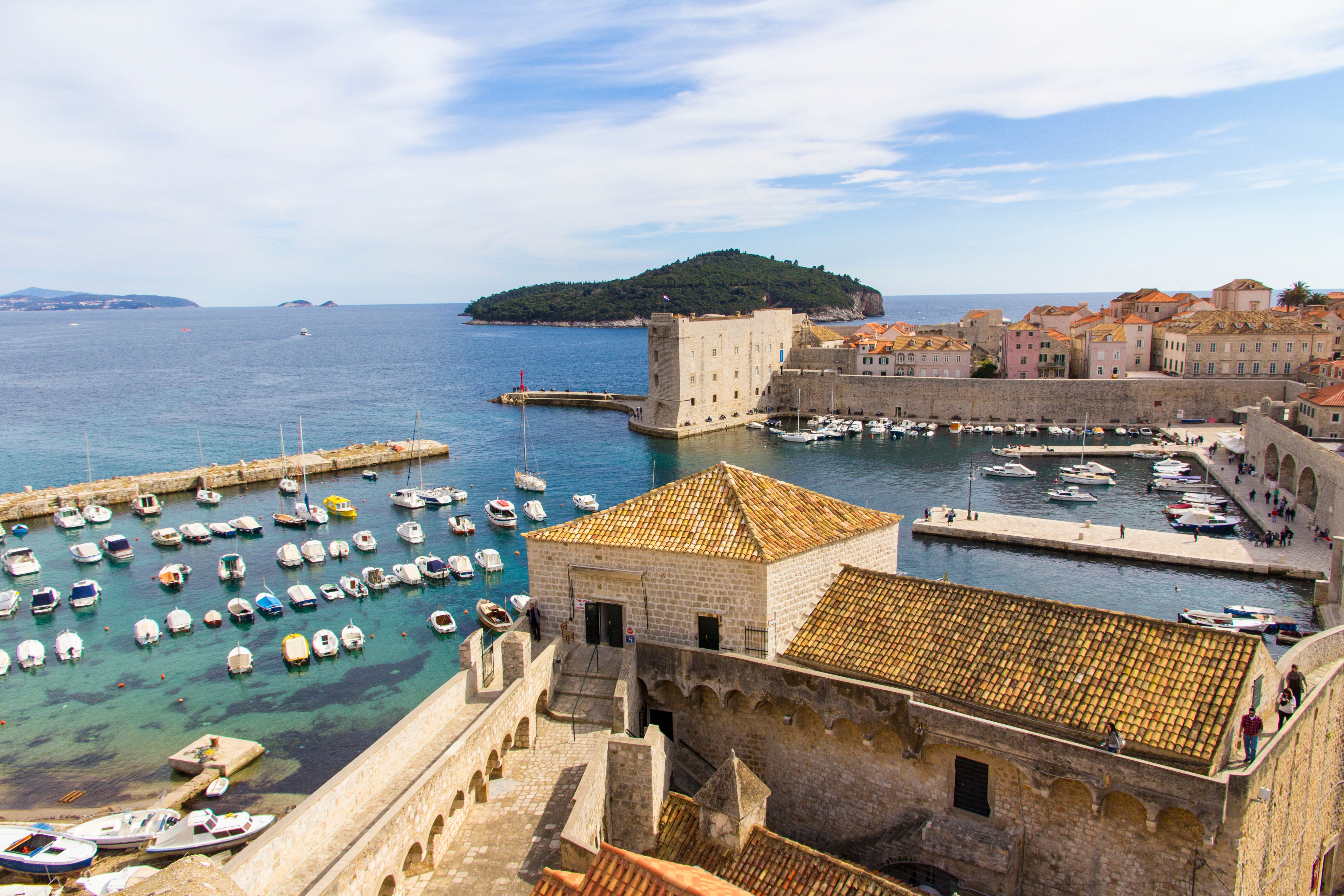
Dubrovnik's iconic Old Town, a UNESCO World Heritage site, struggles under the immense pressure of cruise ship passengers. To manage the suffocating crowds that clog its narrow streets, the city has actively worked with cruise lines to cap the number of daily arrivals, aiming for no more than two large ships simultaneously and limiting disembarking passengers. They've also installed cameras to monitor crowd levels and divert visitors. This isn't a ban, but a desperate measure to preserve the quality of the visitor experience and the livability of the historic center for its residents.
16. Faroe Islands, Denmark: "Closed for Maintenance" and Sustainable Growth
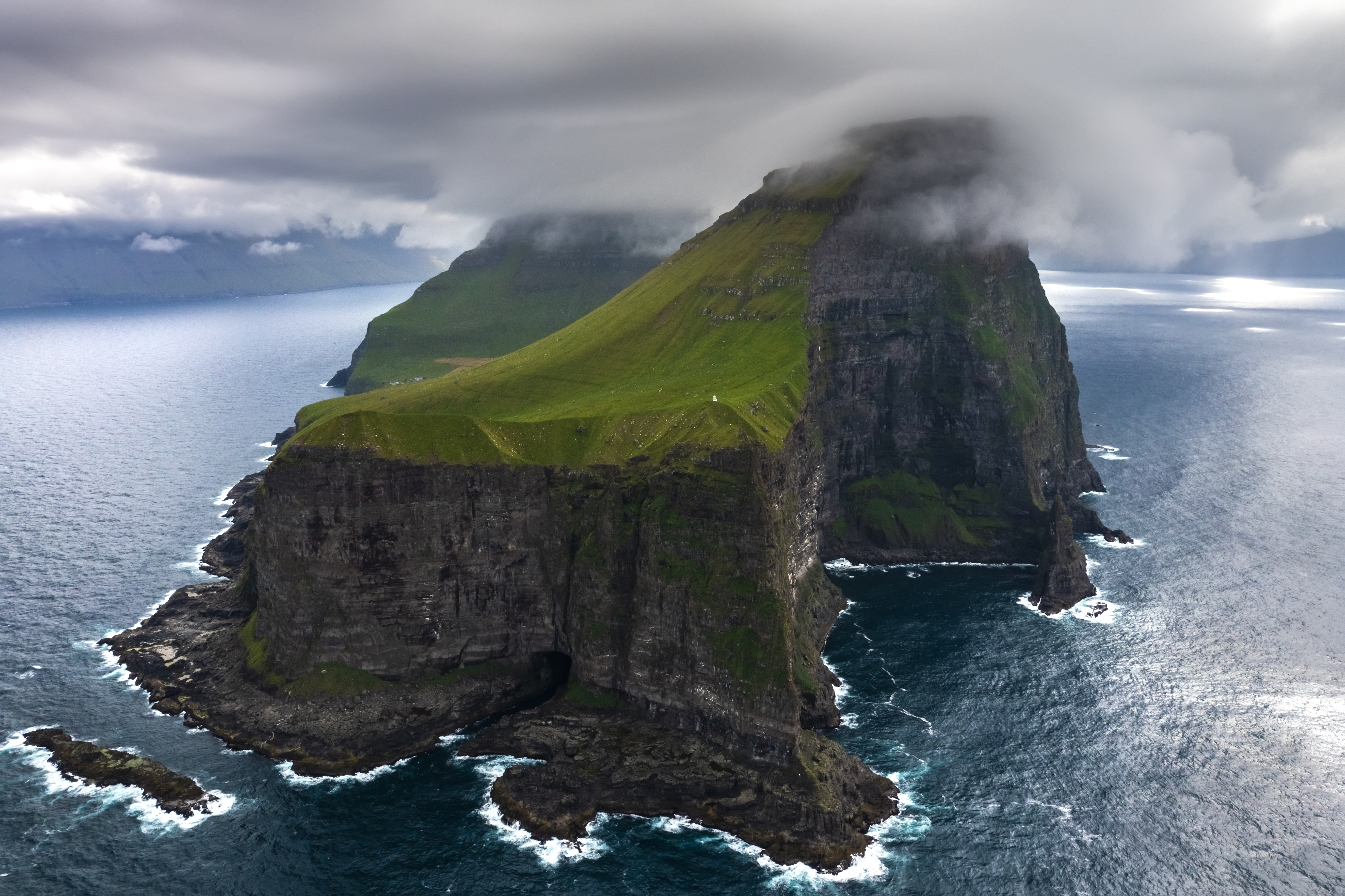
The remote and rugged Faroe Islands have adopted a unique approach to sustainable tourism: periodically declaring themselves "closed for maintenance." Rather than a blanket ban, this initiative involves closing major tourist sites for a few days each year (often in April) to allow volunteers, including international visitors who sign up, to work on conservation projects like repairing hiking trails and building infrastructure. This innovative strategy not only limits impact during specific periods but also cultivates a deeper appreciation for the islands' pristine nature and community involvement, ensuring tourism develops mindfully rather than uncontrollably.
17. Bohol, Philippines (Chocolate Hills): Restricting Access for Preservation
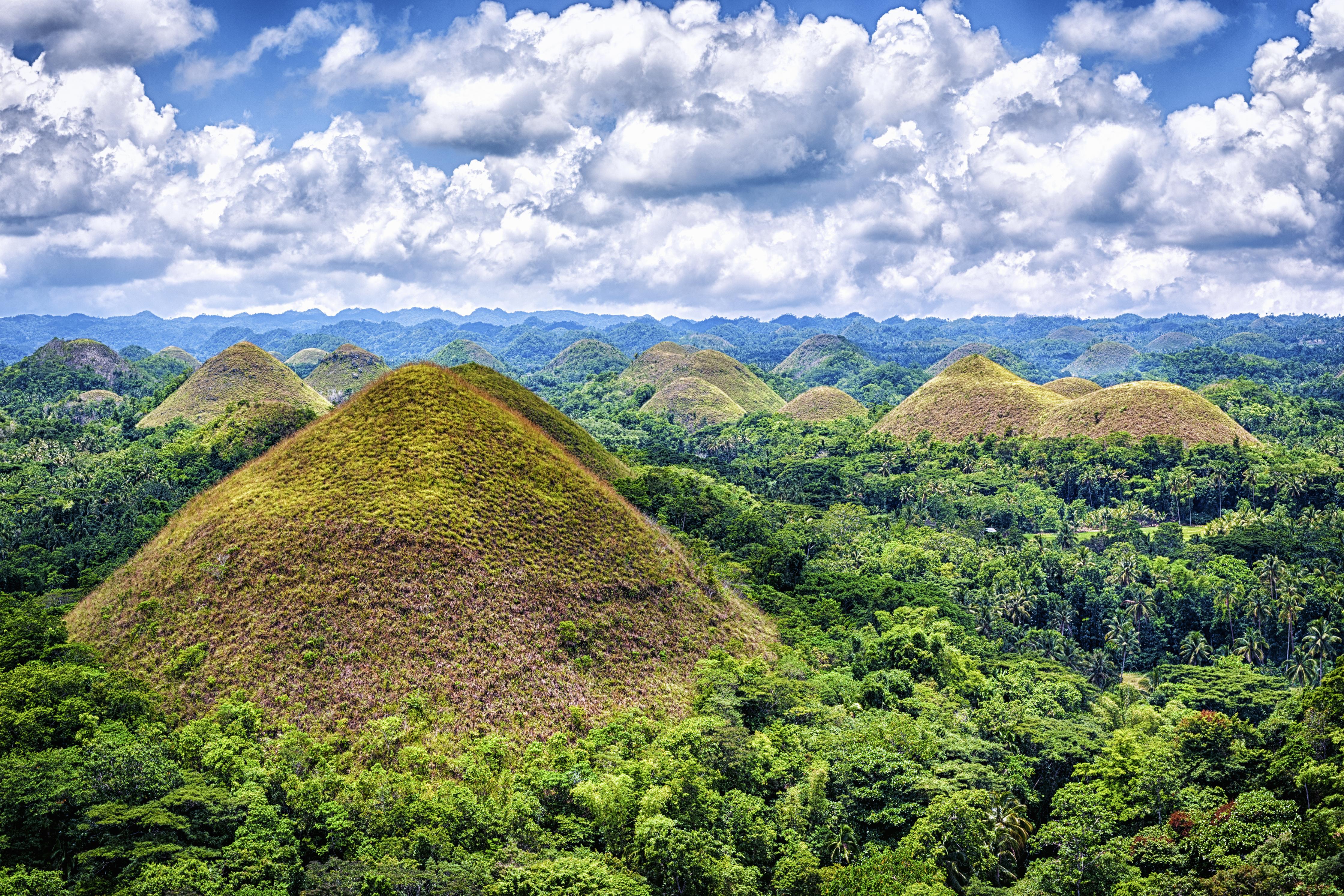
The unique geological formations of the Chocolate Hills in Bohol, a UNESCO Global Geopark in the Philippines, have recently faced calls for stricter visitor management. After a controversial resort was built within the protected area, public outcry has pushed for increased restrictions on development and potentially visitor access. While not a blanket ban, authorities are reviewing permits and emphasizing ecological preservation, suggesting that access to certain viewpoints or the hills themselves could become more limited to protect the fragile environment and the iconic landscape from commercial exploitation.
18. Various National Parks, USA (Timed Entry Systems): Managing Congestion
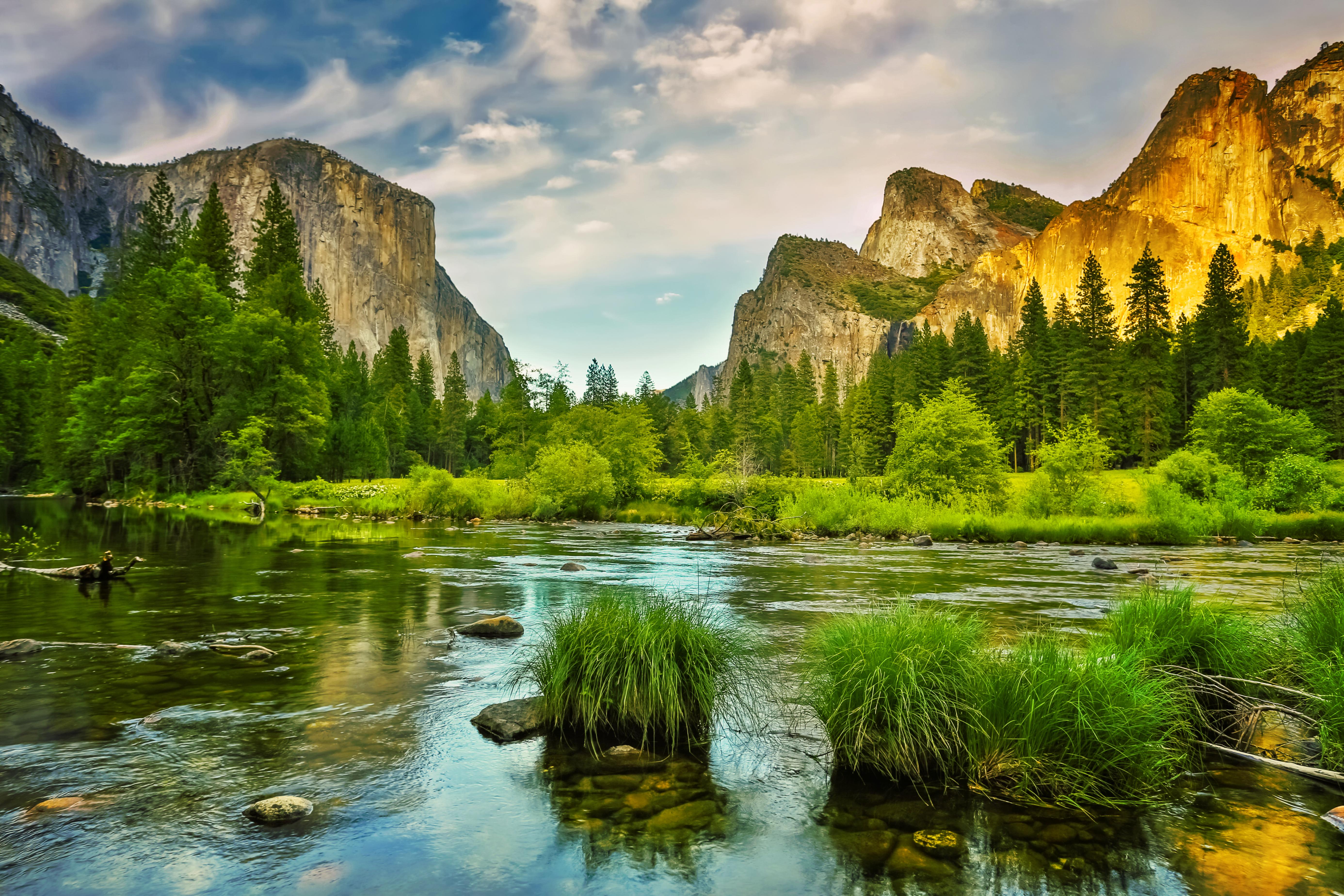
Many popular U.S. National Parks, including Yosemite, Glacier, Zion, Arches, and Rocky Mountain, have implemented or are piloting timed entry permit systems. This isn't a "no tourists" policy, but a sophisticated crowd management strategy. The goal is to reduce congestion on roads and trails, protect natural resources from overuse, and enhance the visitor experience by preventing overcrowding during peak seasons. It signifies a move towards controlled access for preservation and quality, rather than open-door visitation.
19. Bali, Indonesia: Combating Tourist Misbehavior

While still welcoming, Bali is increasingly expressing its frustration with a subset of tourists who disrespect local customs, religious sites, and traffic laws. The government has implemented new rules, including a tourist levy (starting Feb 2024), and has actively deported foreigners for inappropriate behavior. There are ongoing discussions about stricter visa requirements or even a quota system for certain nationalities. This signals a shift from purely welcoming to actively curating its visitor base, prioritizing cultural respect and social harmony over sheer numbers.
20. Barcelona, Spain (Gothic Quarter Restrictions): Protecting Local Life
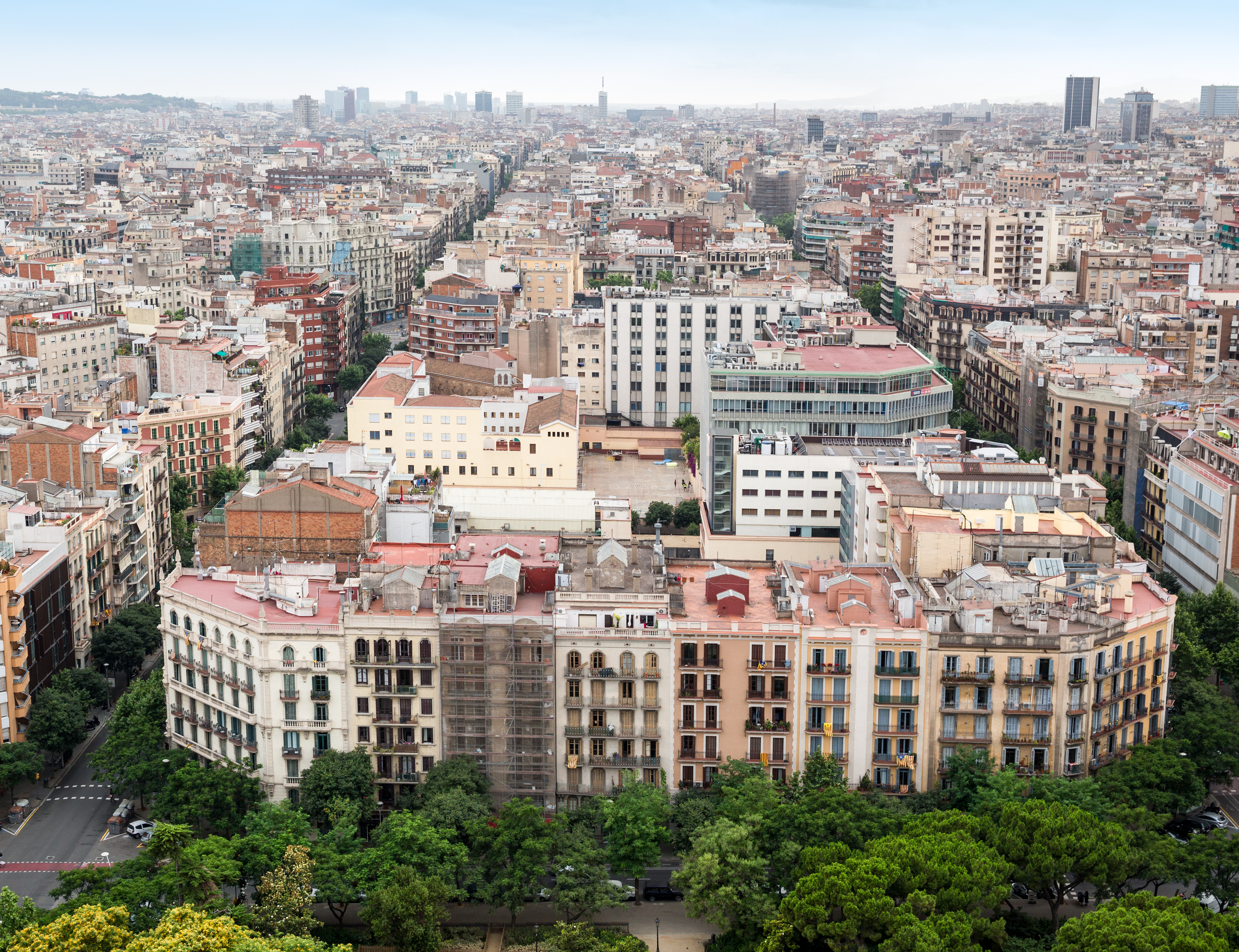
Expanding on the city-wide efforts, Barcelona is looking at even more localized restrictions within its historic Gothic Quarter. There have been proposals and local efforts to limit tour group sizes in narrow streets, restrict noise levels, and discourage businesses that cater exclusively to tourists (e.g., souvenir shops over local bakeries). These targeted interventions aim to preserve the authenticity and livability of specific neighborhoods, ensuring residents can maintain their daily lives without constant disruption from overwhelming tourist activity.
21. The Netherlands (General Shift): "Don't Come Here to Be Crazy" Campaign
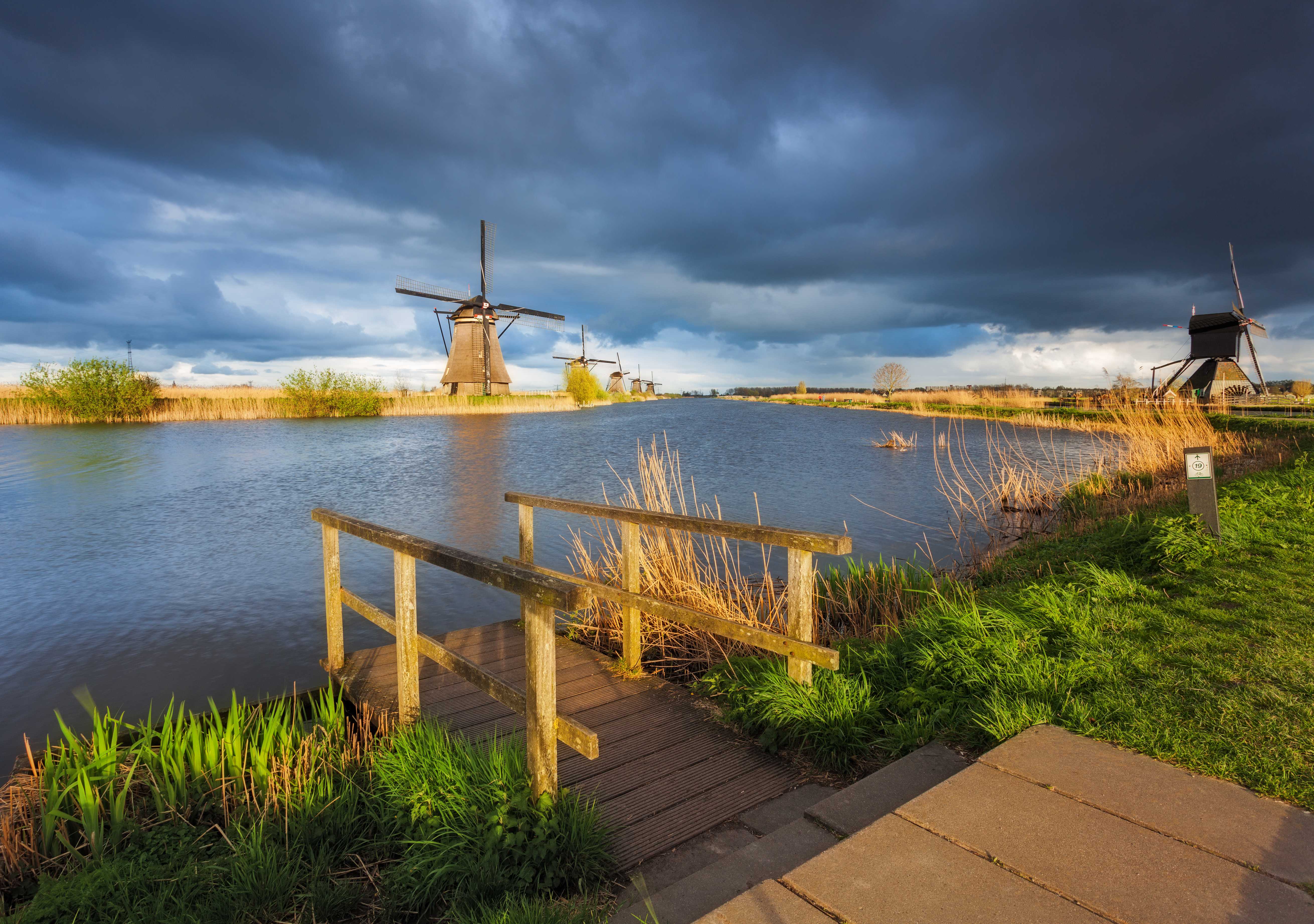
Beyond Amsterdam, the Netherlands as a whole is subtly shifting its tourism messaging. Instead of broadly promoting itself as a party destination, the national tourism board is focusing on attracting visitors interested in culture, nature, and specific regions outside of major cities. Campaigns like "Enjoy and Respect" and direct efforts to filter out "cheap thrill" tourism indicate a nationwide desire to move towards more sustainable, respectful, and economically beneficial tourism, rather than simply maximizing visitor numbers.
Various Alpine Villages, Europe (e.g., Hallstatt, Austria): Preserving Authenticity
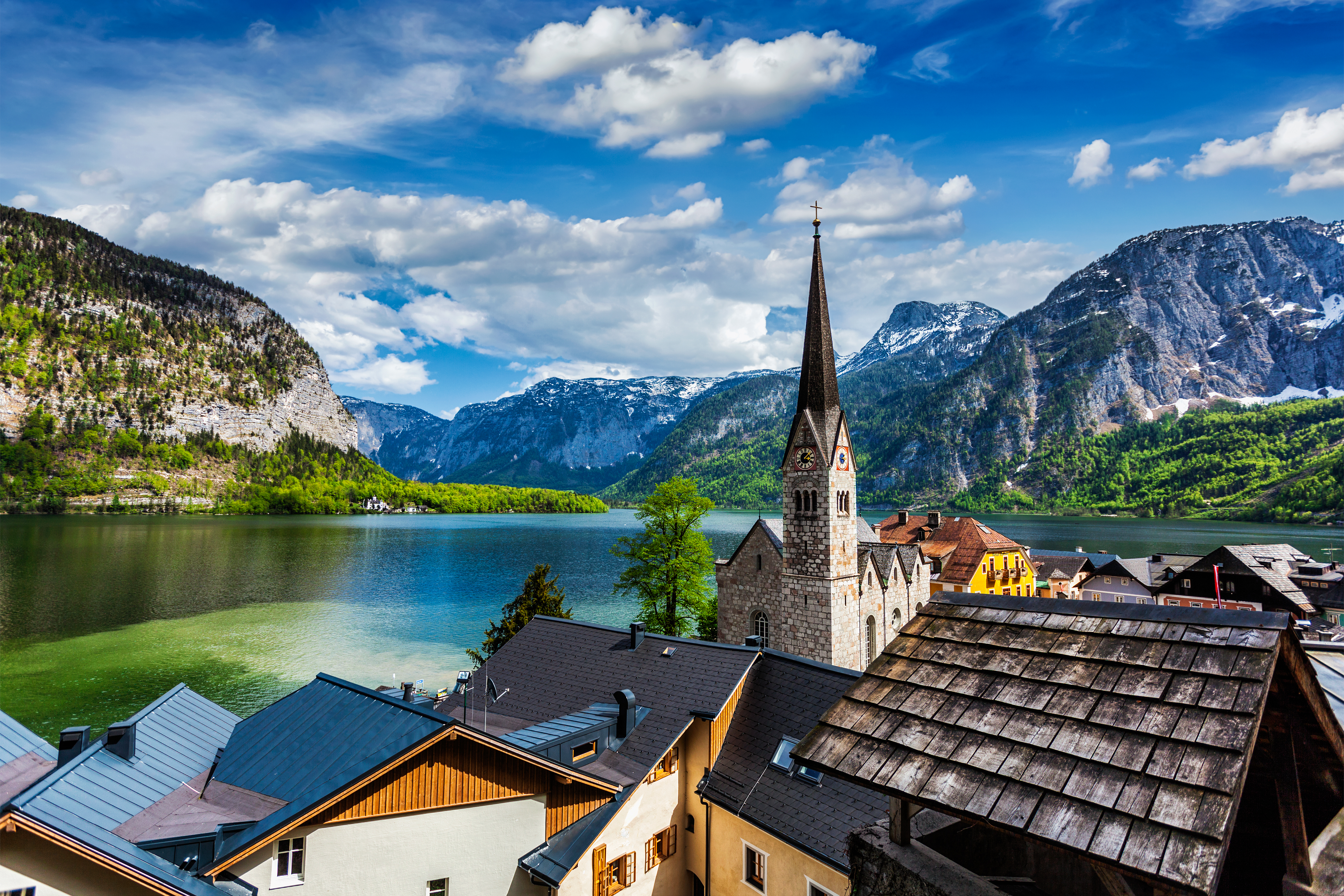
Picturesque Alpine villages, like Hallstatt in Austria, have become overwhelmed by selfie-seeking crowds, particularly from Asian tour groups. Residents have protested the constant influx, leading to discussions about limiting day-trippers, restricting bus access, and even placing physical barriers in popular photo spots to deter crowds. These villages are struggling to maintain their quiet, traditional way of life against the onslaught of mass tourism, forcing them to consider measures that effectively say "no more" to unchecked visitor numbers.
Reimagining Global Welcome: The Future of Responsible Travel

The subtle shifts in international tourism reflect a profound re-evaluation by nations. These examples illuminate the complex balance between inviting the world and safeguarding national interests – be it culture, environment, or quality of life for residents. As travelers, our role evolves too. Understanding these choices fosters more responsible exploration, paving the way for a future where cherished destinations can thrive without being loved to death, ensuring that the magic of discovery endures.








